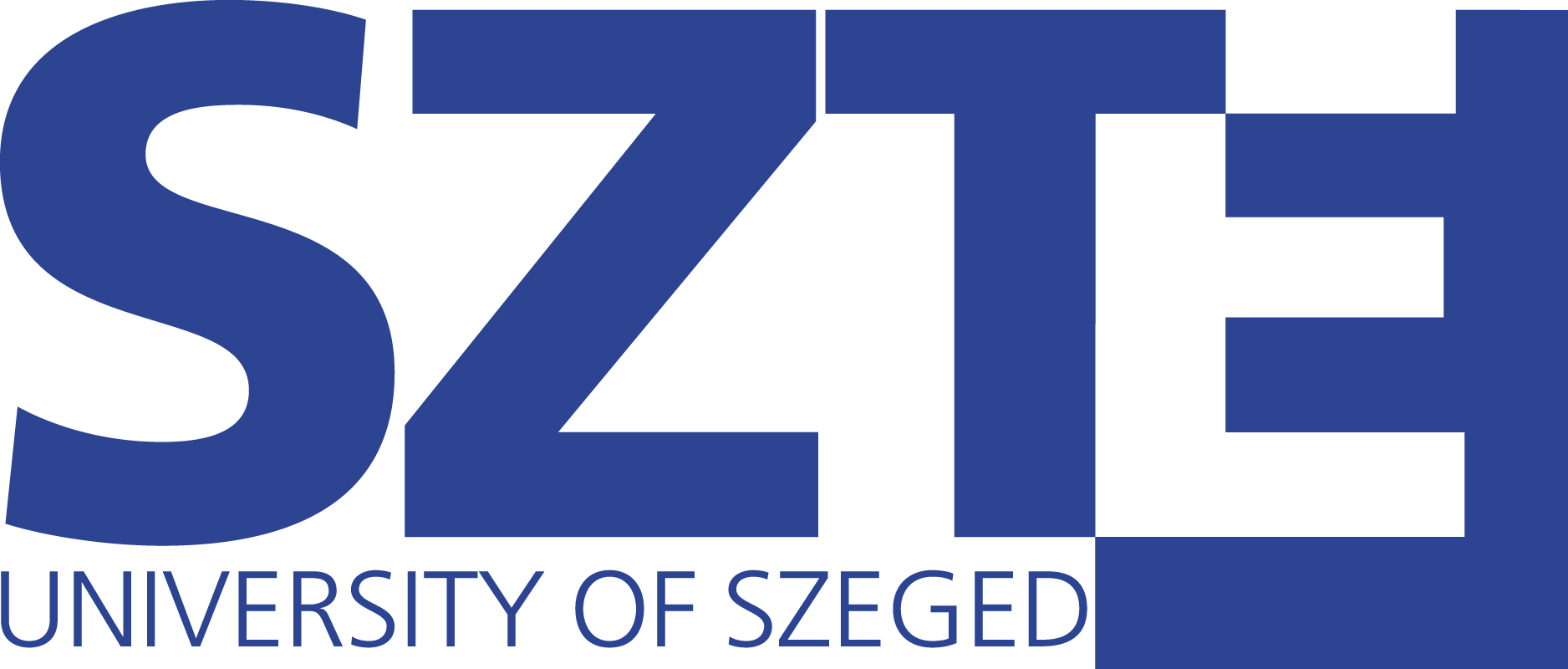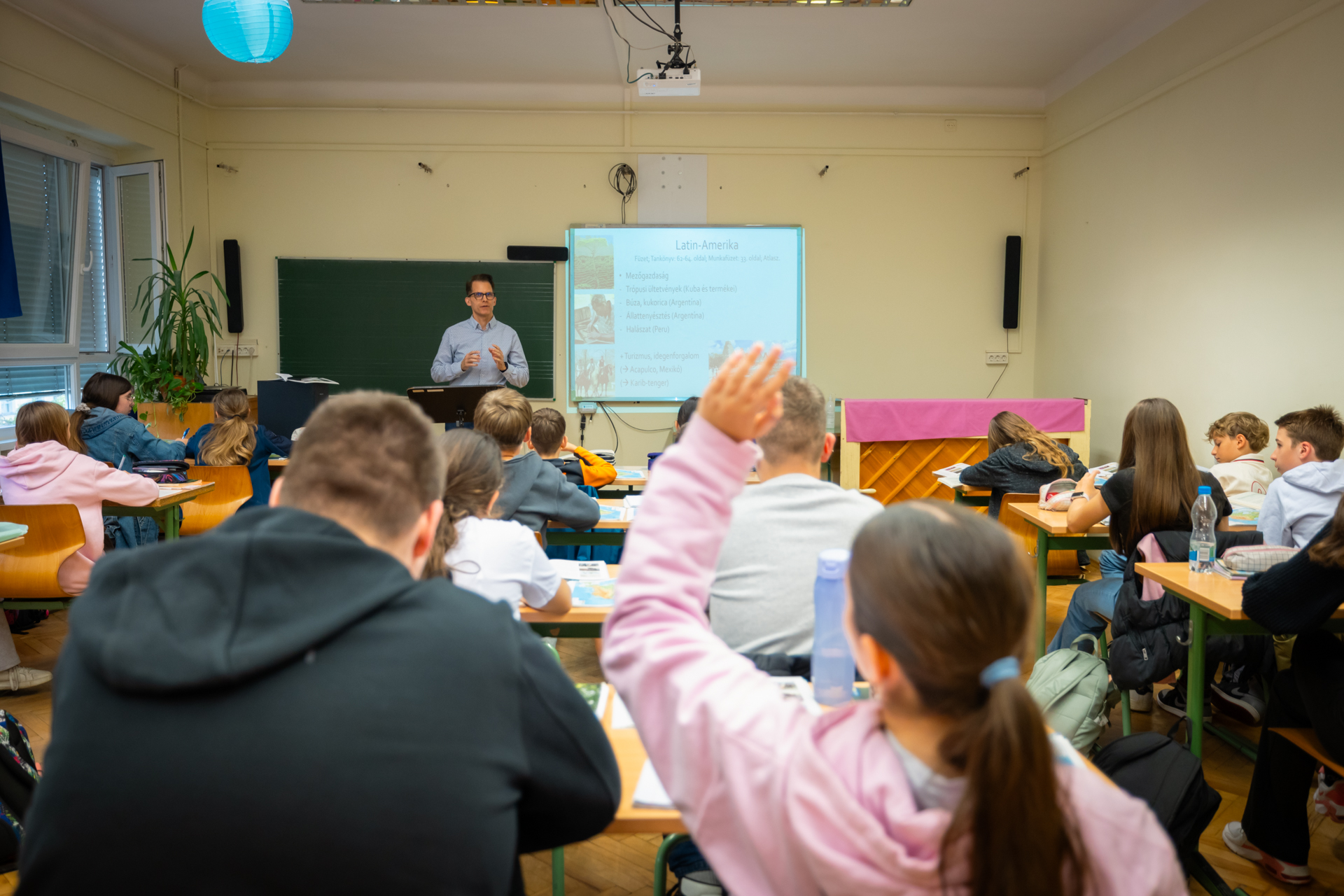
Dr. Moritz Gubler, a researcher affiliated with the Bern University of Teacher Education and the University of Bern, spent two weeks in Hungary to exchange experiences with lecturers and researchers at the University of Szeged (SZTE) on the latest approaches in teacher education. During his visit, Dr. Gubler observed various research methodologies – such as eye-tracking – employed by the MTA–SZTE Research Group on Geography Teaching and Learning, which is jointly operated by the Hungarian Academy of Sciences (MTA) and the University of Szeged. He also gained insight into pedagogical strategies in geography teacher education, with a particular focus on student-centered approaches. The growing emphasis on such methods reflects a broader shift in teacher education toward addressing the challenges of the 21st century – with climate change, for example, already integrated into geography instruction.
The MTA–SZTE Research Group on Geography Teaching Methodology was established in 2016 by Dr. Andrea Farsang, professor at the Institute of Geography and Earth Sciences within the Faculty of Science and Informatics at the University of Szeged. Her aim was to involve professionals working in teacher education at Hungary’s three major regional universities – Szeged, Pécs, and Debrecen – in the Subject-Specific Pedagogy Research Program launched at the time by the Hungarian Academy of Sciences. One of the late professor’s main goals with this initiative was to spark the revitalization of geography teacher education in Hungary. In the second phase of the research – now carried out within the framework of the Research Program for Public Education Development of the Hungarian Academy of Sciences – the University of Szeged launched professional collaborations in 2021 with Humboldt University in Berlin and the Ferenc Rákóczi II Transcarpathian Hungarian College of Higher Education in Berehove, Ukraine. The research group has since been expanded to include faculty members from two additional Hungarian institutions: Eszterházy Károly Catholic University (EKKE) and Eötvös Loránd University (ELTE). Additionally, the network of primary and secondary school teachers affiliated with the group currently includes 19 teachers, several of whom are pursuing doctoral studies at the participating universities.
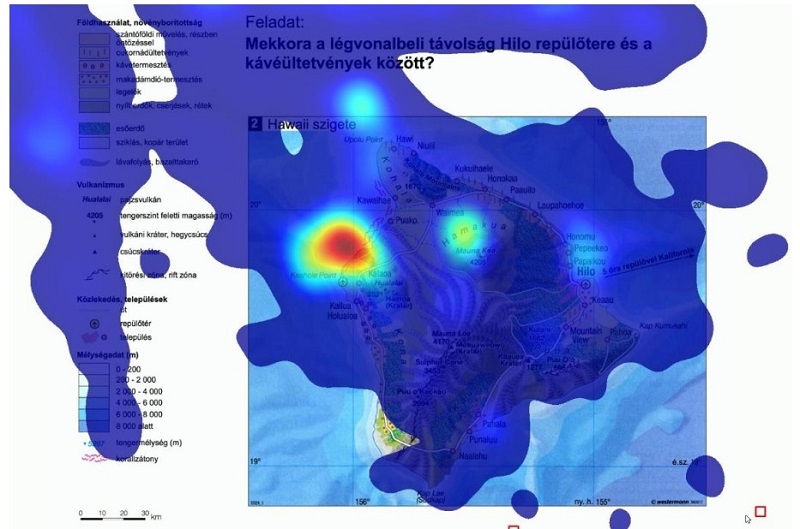
Incorporating the latest research and a geoscientific perspective into geography teacher education
– and public education – is increasingly important.
The research group's international collaborations have steadily expanded over the past nine years. Dr. Anett Kádár, a researcher at the Institute of Geography and Earth Sciences at the University of Szeged, is working with Dr. Moritz Gubler in the field of climate change education – a partnership that may open up new research opportunities for the research group in the future.
Dr. Moritz Gubler completed his undergraduate studies (BSc) at the University of Zurich, earned his Master’s degree (MSc) in Climate Sciences at the University of Bern, and later obtained a PhD in Geography from the same institution. He is currently a research associate at the Institute for Research, Development and Evaluation at the Bern University of Teacher Education, a lecturer at its Institute for Lower Secondary Education (Sekundarstufe I), and a member of the scientific staff at the Institute of Geography at the University of Bern.
SZTE’s Dr. Anett Kádár also serves as Hungary’s representative in the Geoscience Education Field Officer network of the European Geosciences Union (EGU). This contributes to the research group’s efforts to reach a broader teaching community and to promote competence-based approaches among both geography teacher trainees and practicing teachers in public education.
In the spring of 2025, Dr. Moritz Gubler visited Szeged. During his stay, he became acquainted with the research methods used by the MTA–SZTE Research Group on Geography Teaching and Learning – including eye-tracking studies – and explored pedagogical approaches in geography teacher education, particularly those based on student-centered instruction.
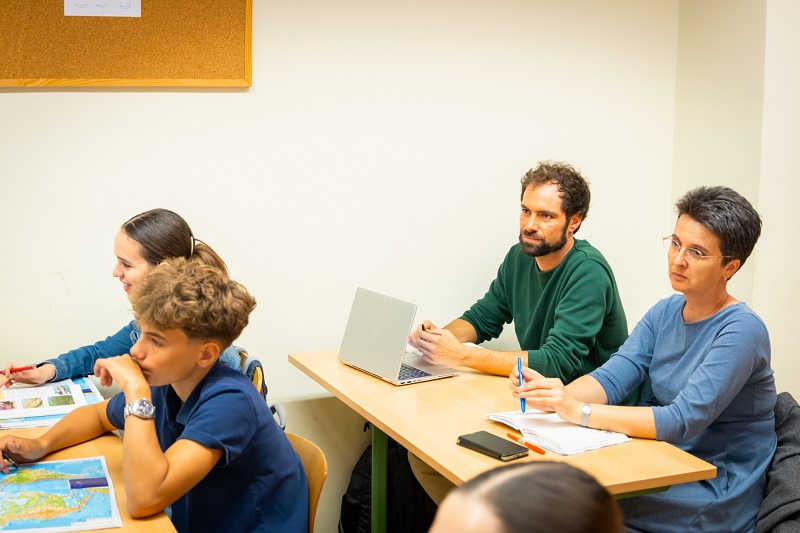
Dr. Moritz Gubler and Dr. Anett Kádár attended several classes, workshops, and conferences together.
Photo by Ádám Kovács-Jerney
Teacher education in Bern and Szeged
At the Bern University of Teacher Education (Pädagogische Hochschule Bern), teacher training is structured across three levels:
Dr. Moritz Gubler focuses on lower secondary education. For this level, students preparing to become teachers choose three to four subjects they will later teach. Both the bachelor’s and master’s programs are designed with flexibility in mind, allowing students to adapt their studies to individual life circumstances. For example, most seminars are offered online or in a self-paced format, providing greater freedom in terms of both time and location of learning.
There are several differences between teacher education in Szeged and Bern. One key distinction is the number of school years covered at the lower secondary level: in Szeged, the program spans grades 5 to 11, whereas in Bern, it focuses on grades 7 to 9. Another difference concerns the teaching staff. In Szeged, subject content is often delivered by university researchers who may not have experience teaching in public schools. In contrast, at the Bern University of Teacher Education, most instructors involved in teacher training either have taught or are currently teaching at primary or secondary schools. The Bern program also places strong emphasis on competency-based education, with teaching methodology closely integrated into subject-specific instruction. In Szeged, by comparison, subject content tends to be more general, as courses are designed for all geography students – whether enrolled in BSc or MSc programs – and typically place less emphasis on pedagogical methods directly applicable to public education. There are also notable differences in how school-based teaching experience is structured. In Szeged, teacher candidates complete their school-based teaching practice at one of the university’s three associated training schools. In Bern, however, students may choose from more than thirty designated “partner schools.”
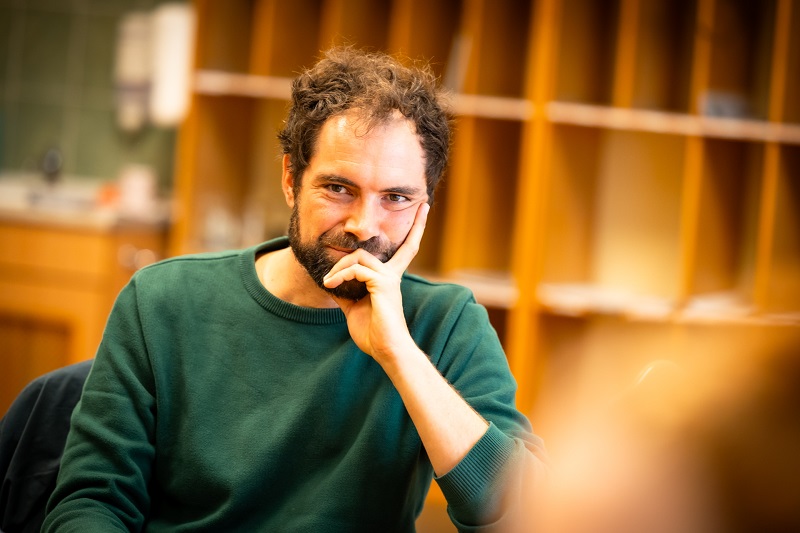
Dr. Moritz Gubler
Photo by Ádám Kovács-Jerney
Dr. Gubler’s visit to Szeged was preceded by a study trip to Switzerland by Dr. Anett Kádár.
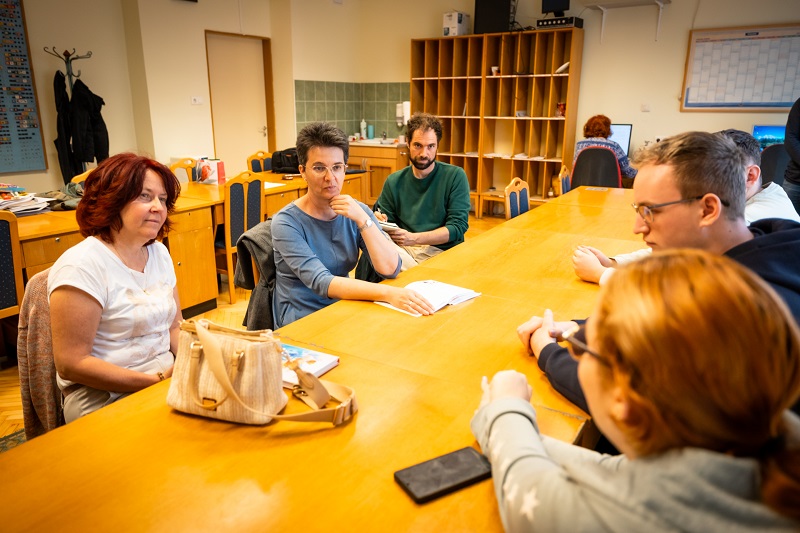
After the lessons, trainees and teachers reflected on their experiences.
Photo by Ádám Kovács-Jerney
“For me, it was a truly remarkable experience to see how competency-based education is put into practice in Swiss schools, and how university students are prepared for it through a range of teaching methods. I’m deeply grateful for this opportunity to gain insight into Swiss teaching and teacher education. I think this exchange program has laid a solid foundation for future collaboration – in the field of geography education and urban climate research alike. In both Bern and Szeged, we met colleagues with the potential to become valuable contributors to future collaborative work,” said Dr. Anett Kádár.
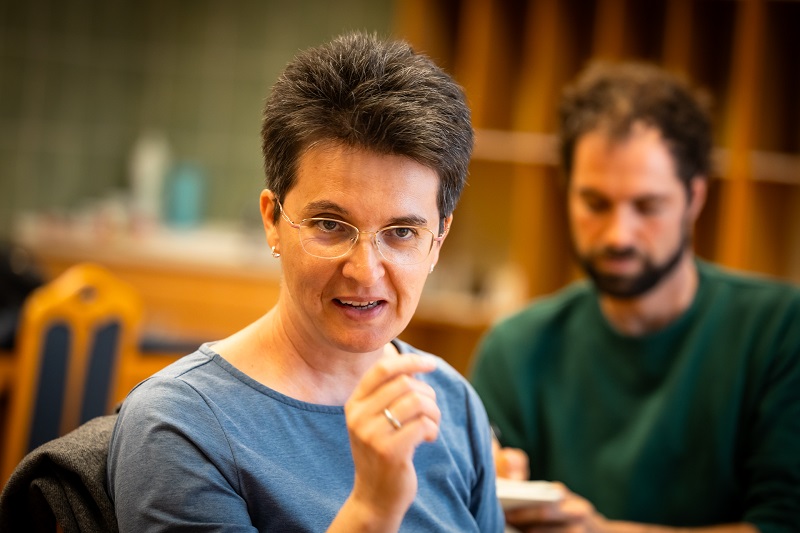
Dr. Anett Kádár, lecturer and researcher at the University of Szeged’s Institute of Geography and Earth Sciences
Photo by Ádám Kovács-Jerney
Areas of cooperation
The two parties aim to strengthen their collaboration primarily in the fields of education and research.
In education, focus areas include:
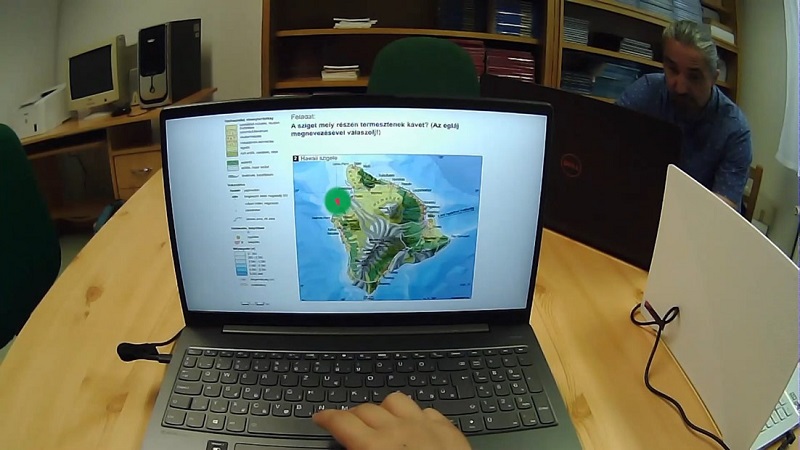
Research is currently underway examining what students focus on when looking at the screen while learning geography.
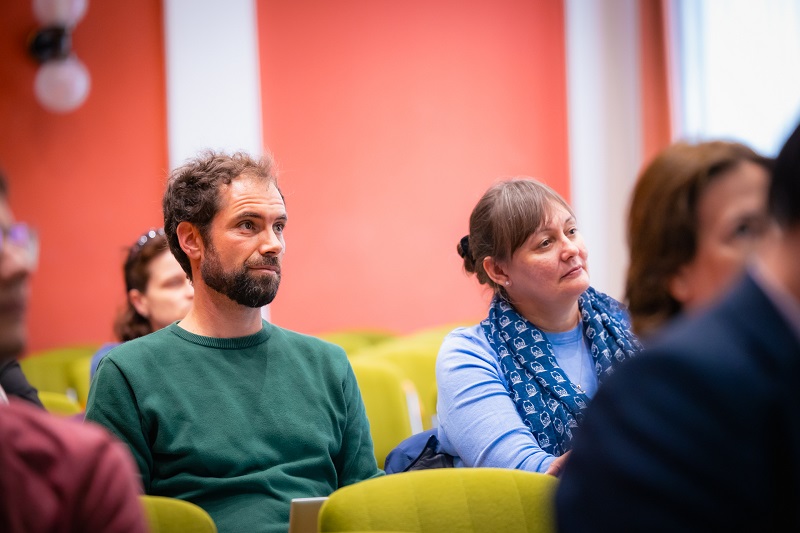
Dr. Moritz Gubler also participated in the subject didactics forum held at the headquarters of the Szeged Regional Committee of the Hungarian Academy of Sciences (SZAB).
Photo by Ádám Kovács-Jerney
In research, focus areas include:
Original Hungarian article by Ferenc Lévai
Feature photo: Geography lesson at SZTE’s Báthory István Practice School and Secondary Grammar School
